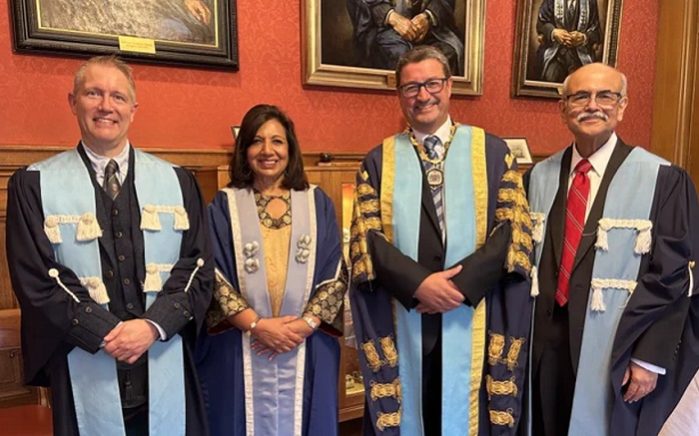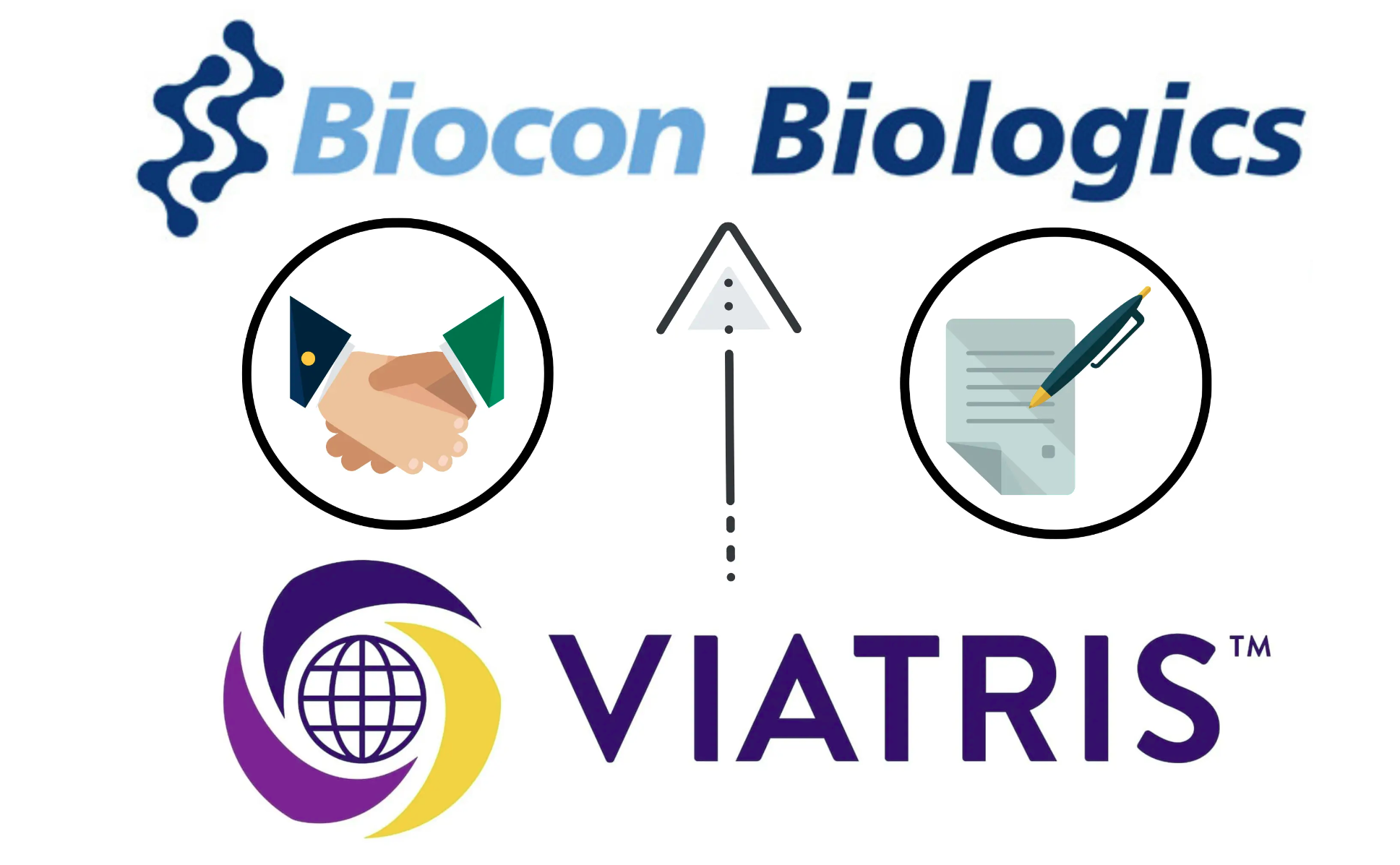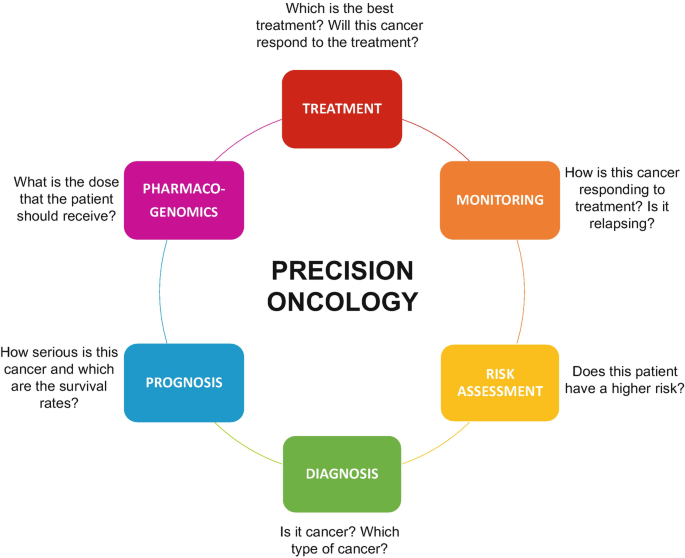One of the problems of storing encrypted information using a genetic code has been resolved. The new method allows not only to store data in DNA, but also to overwrite them.
DNA molecules have been storing genetic information for generations. The very idea of storing other data in DNA molecules is to create long DNA molecules with basic blocks arranged in a specific order. Using this method, you can achieve a high data recording density – higher than on any existing hard drive in the world or other storage device. The duration of information storage in the genetic code is hundreds or even thousands of years.
Scientists are working to create a method that would allow quick and safe archiving of information using the genetic year. A group of researchers from the Cavendish Laboratory of the Physics Department of Cambridge University was able to develop a method that makes it possible not only to store data in DNA molecules but also to overwrite them. The study is published in the scientific journal Nano Letters.

If the new method is successful, storing data in the genetic code can solve the problem of information overload
According to one of the participants in the development, Cambridge University professor Ulrich Keyser, the creation of the DNA molecule itself is the main problem. The synthesis of molecules with a specific sequence of base blocks is a labour-intensive process that requires a lot of time. In addition, scientists need enzymes to create a DNA molecule. But the new method simplified the task. According to Keyser, the process began to look more like assembling a model from LEGO blocks – just mix the ingredients, heat them and then cool.
Another step towards successful data storage in DNA
Another long and expensive process is reading data stored in the genetic code. The technology for calculating the nucleotide sequence in a DNA molecule has been actively developed, but so far it is based on the synthesis of multiple copies of the molecule in order to amplify signals from protein bonds.
A cheaper and more efficient method of sequencing is to pass a molecule through a nanopore and calculate the sequence in real-time using the ion current drops that occur when different base pairs pass through the nanopore. However, this method also requires a lot of time.
The new development involves the rapid reading of data using nanopores and recording information through mixing substances. The new method is based on the control of the annealing of single-stranded DNA ends. The order of nucleotides in the main chain of all used DNA molecules does not change, however, biotinylation (a receipt of biotinylated nucleotides) of the complementary strand occurs, that is, it may contain other bases. During biotinylation, the complementary strand binds to the molecules of streptavidin protein – this reaction is easy to notice due to changes in the ion current when DNA passes through the nanopore. The reading program records the presence of streptavidin on any DNA site as “1”, the absence as “0”. Thus, reading information is carried out in milliseconds.
Nanopores
Nanopores are a powerful single-molecular tool for detecting nanoscale molecules, including DNA, which can be used for calculations. Image: Kaikai Chen, Jinbo Zhu, Filip Bošković, Ulrich F. Keyser
Scientists are working on DNA hard drives (DNA-HD), based on DNA nanotechnology and recognition of nanopores as a rewritable molecular memory system. They will allow you to store, process and read data in a variable three-dimensional structure of DNA. Thanks to the new method, data recording and erasing are faster and more accurate than previous molecular storage systems.
DNA-HD also provides secure data storage – information can only be read after providing the correct physical molecular keys. That is, you need to know the sequence of sticky ends of single-stranded DNA in order to understand what is the sequence of zeros and ones obtained by sequencing nanopores.
Now a team of researchers is working on scaling this technology and plans to replace streptavidin with other substances – scientists want to achieve greater development effectiveness.









